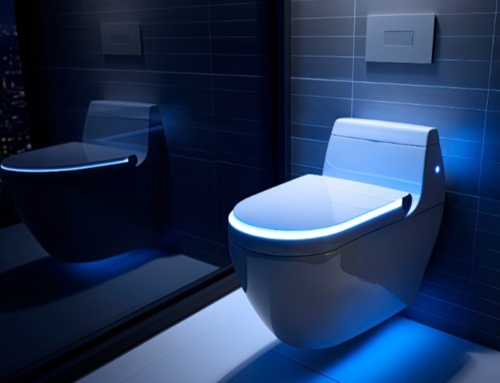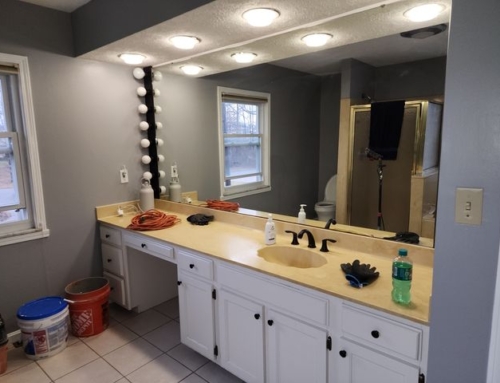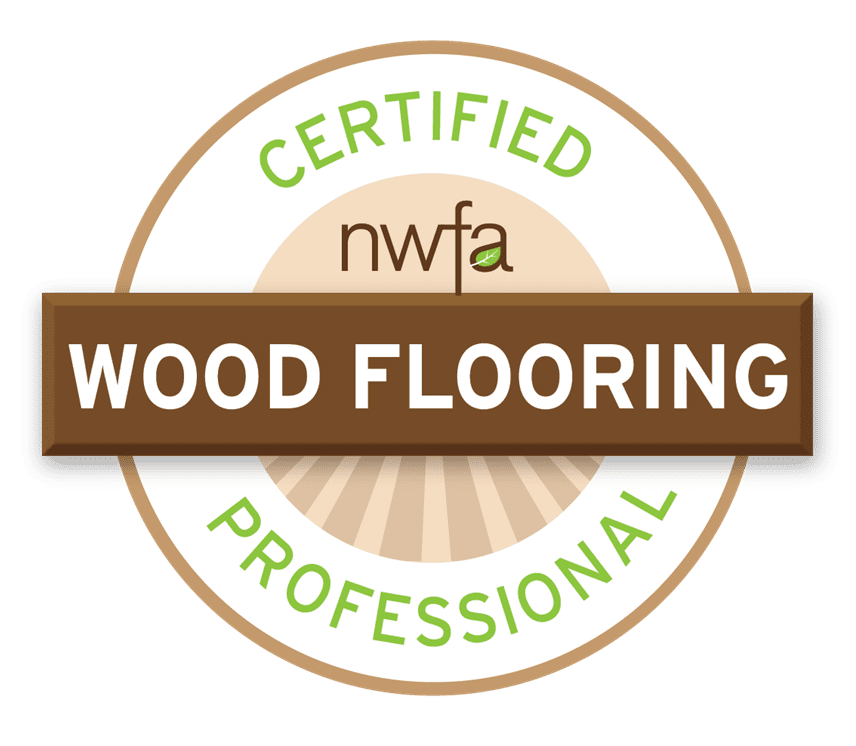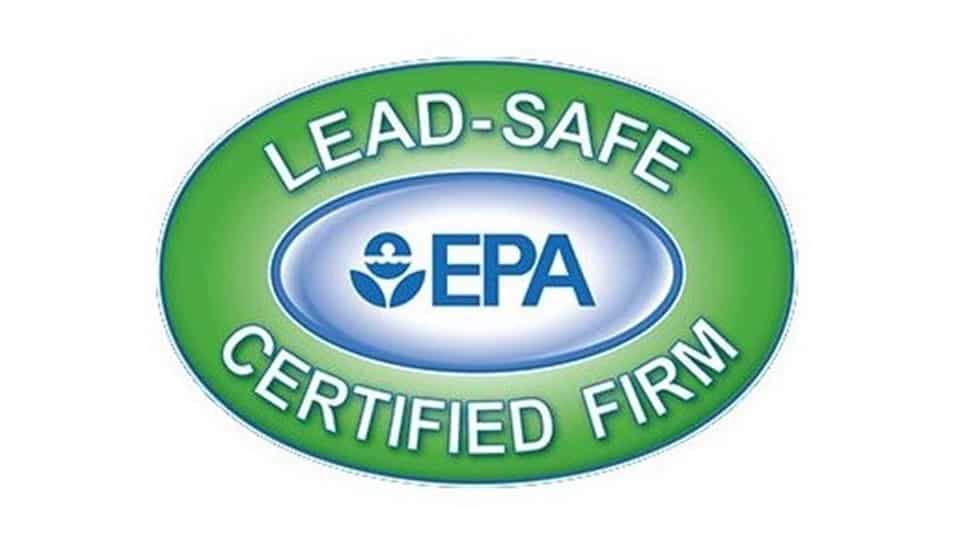Have you remodeled yourself into a corner and have no idea how to work your way out? Before you get trapped any further: Stop! Some common bathroom remodeling mistakes have quick, easy fixes. Others, not so much.
Either way, here’s a guide to the most common bathroom blunders we’ve encountered and how to fix them, with and without (but usually with) professional help.
Get the Right Backerboard, Jack, or Do It Again
The biggest mistake an amateur bathroom remodeler can make is using the wrong product for the walls behind and around a shower enclosure. Although some companies manufacture membranes that supposedly let you use regular old sheetrock or green board, the right way is to use what’s called cement board.
You see, drywall is made of two basic materials: a layer of a naturally occurring mineral called gypsum sandwiched between a few thick sheets of paper.
Drywall
If you’ve ever dropped a book you were reading into the bath, or spilled a soda on a magazine, you know what water does to paper. It warps and expands it into a sort of Frankenstein’s monster version of itself, never to regain its original form again.
Drywall is far less expensive than cement board, and many DIY bathroom remodelers either don’t know the difference, or they do know and take the risk anyway, thinking the shower or tub enclosure will keep the water away.
Generally speaking, it will indeed prevent splashes. What it won’t do, however, is protect the backerboard from airborne humidity. As most folks know, it doesn’t take more than a few minutes in a hot shower to turn most bathrooms into a sauna.
Neither an enclosure nor membrane will protect against 100-percent humidity, and it won’t be long before you’re drywall starts warping.
It will, however, take just long enough for you to finish the job, and that’s what makes using the wrong backerboard so devastating. By the time you realize the repercussions of your mistake, the project is finished and you’ll have to tear it all down to fix it.
Backerboard aka Cement Board
Cement board is a combination of—you guessed it—cement, a synthetic fibrous material such as fiberglass, and a few other additives that give the board strength. The advantage of cement board is that it is impervious to water, either directly through splashing or indirectly through humidity. It is the only correct backerboard to use in the area surrounding a tub or shower.
The only way to fix the damage caused by using the incorrect backing material is to tear everything down as carefully as possible, salvage what you can (such as prefabricated enclosures and tubs) and start over from scratch.
Color and Sheen
You’ve decided to go with a light color palette, which you want to compliment with soft textures. That’s great! But don’t make the mistake of using a matte finish in your bathroom, or you may end up redoing more than just the paint job.
Interior paint can be anything from shiny to dull, and everything in between. It achieves this effect by the degree to which it forms a shell on its surface.
Matte, the least shiny type, has almost no sheen at all. The surface is noticeably textured—not quite “rough” but far from smooth. This leaves the wall beneath it open to the elements, which, in a bathroom, means heat, water and humidity. Not only do they not protect the wall, matte finishes are difficult to clean, as scuff marks and spills don’t wipe up easily.
Use Satin or Semi-Gloss in the Bathroom
From there, finishes increase in shine from eggshell to satin to semi-gloss to full gloss. Most contractors recommend satin or semi-gloss for bathroom walls because both offer a good degree of smoothness, which protects walls and makes cleanup easy.
Eggshell is still too porous, and full-gloss, aside from reflecting light in a less attractive way, also reveals the smallest defects of the wall beneath it, which can be especially telling after a remodel.
As long as moisture hasn’t penetrated the paint and gotten into the walls, all it needs is a fresh coat.
Pro tip: Choose the same color that is already on the walls. It takes fewer coats, which saves time and money.
Need to Vent? So Does Your Bathroom
A lot of people don’t realize this, but bathroom fans aren’t just for venting malodors. It’s a courtesy to run the bathroom fan after doing your business. But that’s not their primary purpose.
When you take a shower, aerosolized water fills the air, which quickly ramps the humidity up to 100 percent. At that point, the water begins to condense on cooler surfaces—that’s why your mirror fogs up. The fan helps regulate this, quickly bringing the humidity back to a comfortable level.
When it comes to proper ventilation, there are two mistakes that can have devastating consequences on your bathroom. One happens during your remodel, the other is one you keep making long after your project is finished.
First, not installing a powerful enough fan will result in moisture buildup that damages everything in the bathroom. To make sure your fan will do the job, select a product that moves as many cubic feet per second as there are square feet in the bathroom. If your bathroom is 5-by-10 feet, that’s 50 square feet. Look for a fan rated 50 CFS or better. It doesn’t hurt to buy a stronger exhaust fan than you need.
The other mistake is forgetting to use the fan every time anyone showers. If not discharged properly, constant humidity will result in mildew and weakened cabinetry. Paint may begin to peel and join seals may begin to erode.
If you’ve made these or any other mistakes during your DIY project, call or email Flooring Masters & Professional Remodelers today for a free consultation. We know you only want the best in flooring. That’s why it’s important to hire the best in the business, and at Flooring Masters & Professional Remodelers, we can guarantee you that’s us.
Flooring Masters & Professional Remodelers have been flooring and remodeling Kentuckiana for over 30 years. Our certified installers have the ingenuity and know-how to assist you in choosing the perfect floors for your home. Don’t take matters into your own hands—let us guide your next project.











